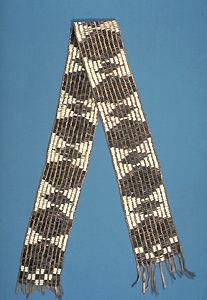Article
Copyright Law
Copyright law is included in what is commonly known as the law of intellectual and industrial property. This branch of law also includes Patents, Trademarks and the law of industrial designs. In Canada, the Constitution Act of 1867 gives exclusive jurisdiction over copyright law to the federal government. The current Copyright Act was enacted by Parliament in 1921 and amended significantly in 1988 and 1997.







